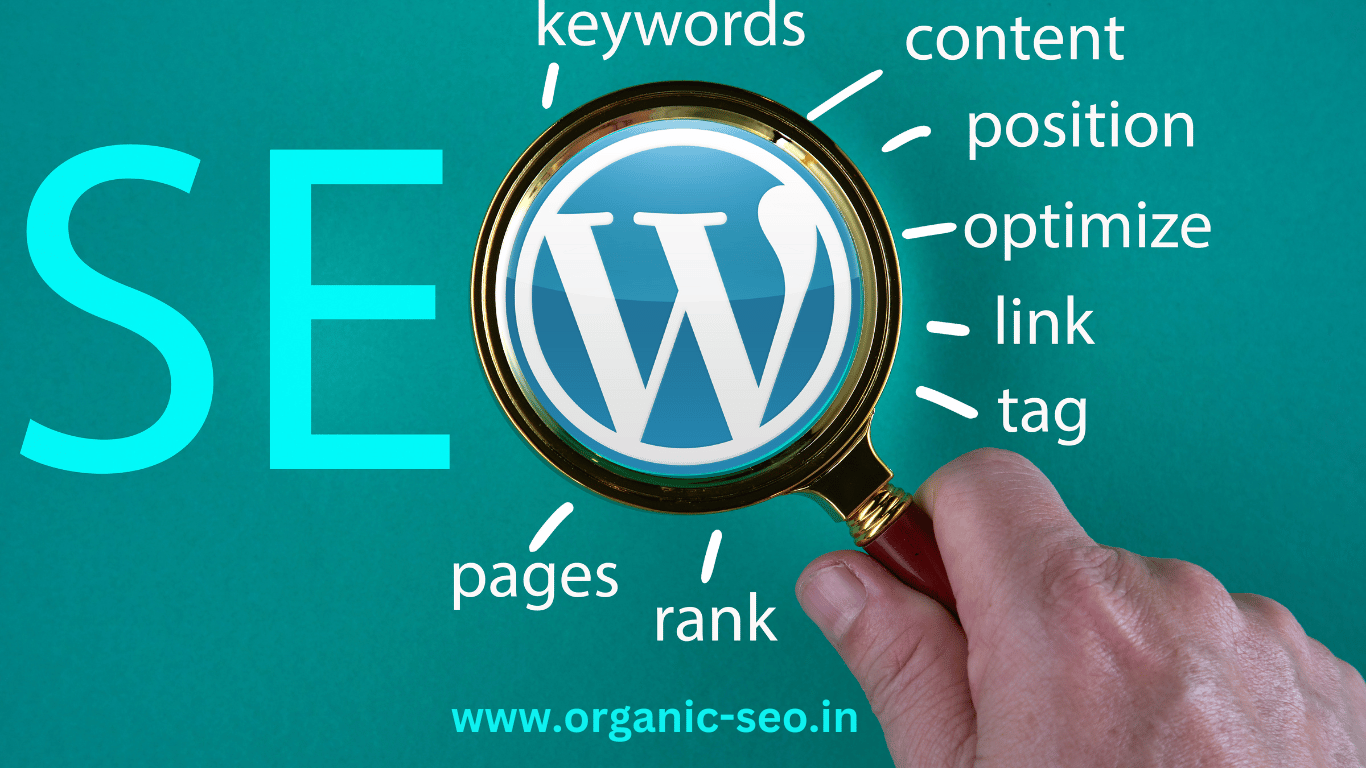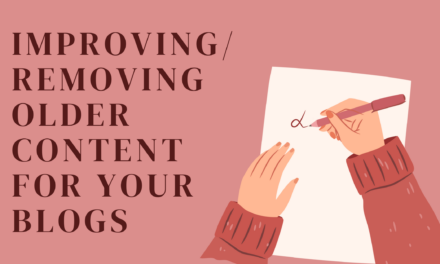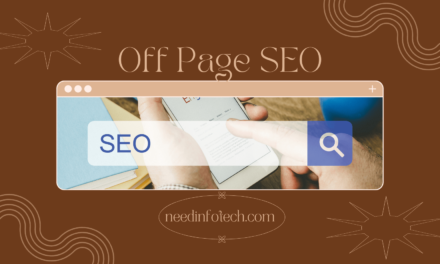Are you looking to ensure that your WordPress site is well-optimized for search engines? Going through a search engine optimization (SEO) checklist is a smart way to follow best practices and avoid overlooking crucial details. This ensures that your site ranks higher on Google, ultimately leading to increased website traffic.
Why Follow a WordPress SEO Checklist?
For many websites, search engines constitute the primary source of traffic. However, the prospect of optimizing your site for WordPress SEO can be daunting, especially for beginners. The landscape is filled with technical terms, SEO tactics, and evolving trends that might deter new website owners from effectively optimizing their sites for higher search engine rankings. This is where a WordPress SEO checklist proves invaluable. It covers all the basics, ensuring adherence to SEO best practices.
Let’s delve into the WordPress SEO checklist for beginners. You can navigate through the sections below to explore each aspect:
1. Use Schema Markup
Structured schema plays a crucial role in helping search engine crawlers comprehend content more effectively. By incorporating schema markup, you can enhance your website with rich snippets, utilizing various schema types such as:
– Ratings (useful for places like restaurants/shops etc)
– Duration (indicating the time needed to cook a dish)
– Pricing (applicable to products)
– Product images displayed beneath the meta description
– Listicles

Rich snippets are particularly beneficial for local SEO, catering to users searching for the best places in their vicinity. Ratings, as part of rich snippets, simplify the process of identifying top-rated options. WordPress offers plugins like Schema Pro, All in One Schema Rich Snippets, WP SEO Structured Data Schema etc to assist in implementing schema markups on your WordPress website.
2. Use Proper Header Tags on Website
A crucial aspect of on-page SEO for any WordPress website involves utilizing heading tags (H1, H2, H3, etc.) to establish a clear structure and hierarchy within the content.
Here are some effective WordPress SEO tips regarding header tags:
- Choose H1 or H2 for the main headings (adhering to SEO guidelines that recommend having only one H1 tag on the website).
- Break down the content into smaller, more digestible sections using H3 subheadings, enhancing readability and comprehension.
- Enhance SEO-friendliness by incorporating relevant keywords into the header tags.
- Maintain a sequential use of header tags. For instance, if H2 is used for the main heading, opt for H3 for the subheadings. Alternatively, if H1 is assigned to the heading, H2 is preferable for the subheadings.
- Avoid unnecessary complexity by refraining from using excessive header tags in inappropriate locations.
3. Optimize Your SEO Title and Meta Description
Optimize your SEO titles and meta descriptions by incorporating the primary keyword. Keep titles within 55 characters and meta descriptions within 155 characters to avoid truncation by Google. Craft a compelling meta description with relevant keywords, avoiding keyword stuffing. Ensure conciseness in both title tags and meta descriptions for a more effective impact. By optimizing these elements, you can improve your click-through rate, leaving a positive first impression and gaining favour from search algorithms, ultimately attracting more organic traffic to your website.
4. Use SEO-Friendly URLs
Streamline the URL structure of your WordPress website for enhanced SEO performance by making it more reader-friendly and comprehensible. Here are some strategies to optimize your URL:
- Keep the URL concise and to the point.
- Integrate relevant keywords into the URL slug.
- Use hyphens to separate words, enhancing link readability.
- Exclude common stop words such as “a,” “an,” “the,” “and,” “or,” etc.
- Avoid incorporating numbers in the URLs.
- Ensure the URL is encrypted with SSL (HTTPS).
By improving readability, an SEO-friendly URL receives greater approval from search algorithms, contributing to increased visibility and higher rankings on SERPs, ultimately resulting in improved organic traffic.
5. Use Breadcrumbs for Easier Navigation
Utilizing breadcrumbs is a crucial on-page SEO technique for WordPress websites, enhancing both user experience and search engine comprehension of website context, structure, and hierarchy. When implementing breadcrumbs, ensure:
– The hierarchy provides a clear structure from top-level categories to sub-categories.
– Descriptive labels are used, such as “Home > Blog > WordPress SEO Checklist” instead of “Home > Blog > Post 1.”

By adhering to these guidelines, you improve both navigation for users and the ability of search engines to understand and index your website effectively.
6. Make Sure to Add Alt-Text to Your Images
Search engines lack the ability to interpret images, making additional information necessary to convey the image’s content effectively. When saving an image, focus on:
– Choosing a descriptive filename to provide context during website crawling.
– Incorporating relevant keywords in the filename and alt tags to enhance visibility in the “Images” section of search results.
By following these practices, your images become more comprehensible to search engines, improving their chances of being featured prominently when users perform related searches. Alt text aids search engines in understanding the image’s subject matter, potentially increasing organic traffic from Google Images. In the WordPress content editor, use the Image block to add alt text easily. Additionally, compress your images using an image compression tool for faster site loading.
7. Add Internal Links to Your Content
Enhancing your WordPress SEO includes a valuable technique called internal linking, where you connect one page of your website to another. Here are some tips for effective internal linking:
- Use relevant links, avoiding unnecessary linking.
- Employ descriptive anchor text to give users an idea of the linked page’s content.
- Place links in the right context for a seamless user experience.
- Interconnect all pages on your website for easier crawling by search engines.
- Regularly monitor page traffic to assess the impact of internal links.
Internal linking enhances user understanding, provides context, spreads link equity, and boosts the authority of both the page and the entire domain.
8. Optimize Your Robots.txt File
An important tip for WordPress SEO involves optimizing the robots.txt file, which instructs search crawlers on which website pages to crawl. Follow these tips for effective optimization:
- Use the correct syntax for the file.
- Block crawling to irrelevant pages like admin and login.
- Allow crawling to important pages such as the home page, category pages, product pages, blog posts, and newsfeeds.
Afterwards, test the robots.txt file using Google Search Console’s tester to ensure there are no errors. This tool also provides a preview of how your pages appear to crawlers. Optimizing the robots.txt file is a significant technical SEO strategy recommended by Google for more effective crawling of relevant web pages.
9. Submit an XML Sitemap to Google Search Console
An XML sitemap is a comprehensive list of web pages containing essential information such as the modified date and priority. This technical SEO tactic ensures that the search algorithms crawl and index all the mapped pages. SEO plugins like RankMath simplify the process of generating XML sitemaps for websites. These plugins automatically create and update sitemaps when new pages are added or deleted.

After updating a sitemap in Google Search Console, search crawlers gain insight into the website’s structure, leading to more efficient crawling without exceeding the crawl budget. Search Console also aids in monitoring website errors, including indexing issues, broken pages, redirections, and overall page experiences.
10. Use SSL and HTTPS on Your Website
Ensuring your website’s security is crucial for better search rankings and more visitors. One effective way to do this is by getting an SSL certificate and using HTTPS. Websites with these security measures are seen as safer because they encrypt data exchanges, protecting against hackers. This increased trustworthiness leads to improved search rankings and more people finding your site. Installing an SSL certificate can be done through your web host or a recognized authority. Once it’s set up, make sure your website’s URL and resources like images use the secure HTTPS protocol. Simple WordPress plugins like Really Simple SSL or Easy HTTPS Redirection can help, or you can ask WordPress developers for assistance in securing your site from hackers and malware.
Click here to explore more about our services and discover how we can help you achieve your goals





